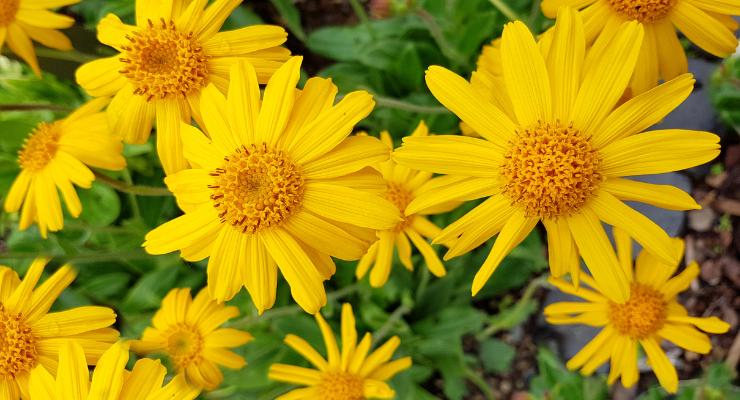Botanical Adulterants Prevention Program Publishes Bulletin on Arnica Flowers
The lab guide offers multiple methods of authentication for the flower, which has experienced peak demand over the past several years.

By: Mike Montemarano

The ABC-AHP-NCNPR Botanical Adulterants Prevention Program (BAPP) has released a laboratory guidance document on arnica (Arnica montana) flowers.
Arnica extract is a popular ingredient in topical gels and ointments for the relief of bruises, sprains, and muscle pain, and is also widely used in cosmetic products.
Due to widespread use of the common name “arnica,” yellow flowers of species other than Arnica montana are offered in commerce. Some materials can be used as legitimate substitutes with interchangeable uses. Sometimes, they can be used as adulterants if their inclusion isn’t transparently disclosed in certificates of analysis or finished product labels.
There is a high demand for dried arnica flowers, which exceeds the volume that can be sourced from wildcrafting. According to BAPP, there has been a seven- to eight-fold increase in the price of raw materials in 2022 compared to 2019. The high prices are considered an increased risk for economically-motivated adulteration.
The new BAPP document was written by Oleksandr Shulha, PhD, an expert in natural products chemistry and analysis based in Cherkasy, Ukraine. It provides evaluation of 27 analytical methods, including macroscopic, microscopic, genetic, and chemical assays, and their suitability to authenticate arnica flowers. Twenty-one experts in quality control of medicinal plants from academia and the herb industry in the United States and internationally provided peer review input to ensure the document’s accuracy and relevance to current global market conditions.
“Arnica flowers are a rather important botanical ingredient with a long tradition of successful medical use supported by loads of scientific evidence,” said Thomas Schmidt, PhD, professor of pharmaceutical biology and phytochemistry at the University of Munster, Germany. “However, as is often the case with successful medicinal plants, intentional adulteration or confusion with similar-looking plants is not uncommon. Of course, there is an official monograph in the European Pharmacopoeia, but additional methods for authentication exist and BAPP’s lab guide summarizing in detail all the possibilities for analytical identification of ‘the real thing’ will certainly be helpful. It’s nice to know it exists now.”
“Most of the yellow-flowered species that may be labeled as arnica can be easily distinguished using macroscopic or microscopic tests, or methods based on chemical marker compounds,” said Stefan Gafner, PhD, chief science officer of ABC and technical director of BAPP. “Even the North American Arnica species such as Chamisso arnica or heartleaf arnica, which can be legally sold as arnica in the USA, have a distinct chemical composition that can be used to differentiate among the species. Having all this information conveniently presented in one document should make it easy for industry, academic, and government regulatory analysts to select the most appropriate methods for their laboratory.”
The Arnica montana flower laboratory guidance document is the 15th publication in its series, and is the 78th peer-reviewed BAPP publication. Laboratory guidance documents are freely accessible to ABC members and members of the public on the program’s website.


